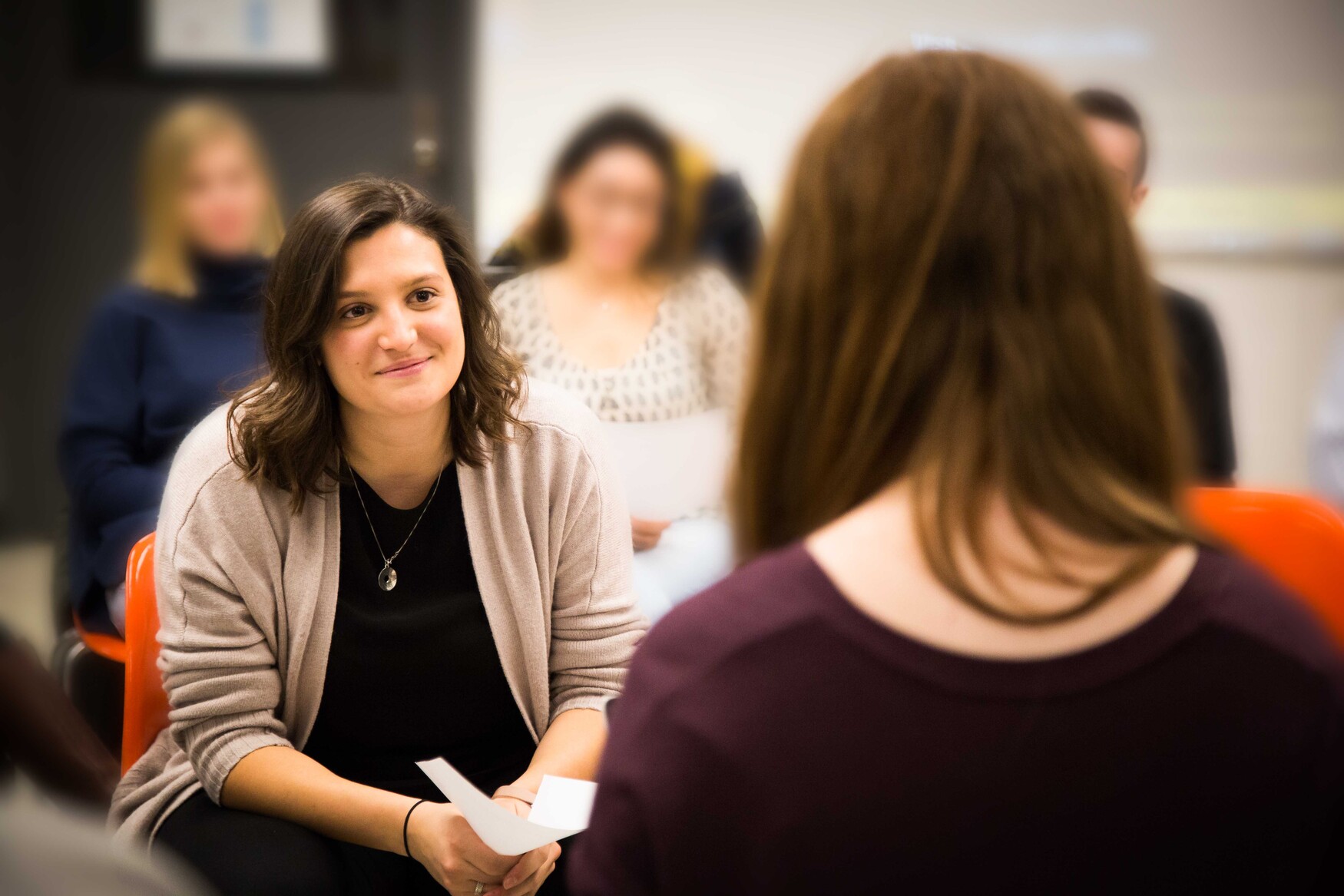Mobile Menu
-
MD Program
- Curriculum
- Interprofessional education
- MD Plus: Combined & Dual Degree Programs
- Academies
- Policies and Procedures
- Teaching in the MD Program
- Affiliated programs
- CACMS Accreditation
- Admissions
-
Student Resources
- Office of Learner Affairs (OLA)
- Community of Support
- Summer Mentorship Program
- Student Mistreatment
- Academic Calendar
- Incoming Students
- Resources for Indigenous Students
- Registration Requirements & Requests
- Research Opportunities
- Graduation & Alumni
- Student Tools & e-Resources
- Finances & Awards
- Student Assistance
- School Absences
- About Us
- MD/PhD Program

 A patient drops by your clinic without an appointment. You know him to be a friendly, sociable person who has scizophrenia that he manages well. But today he doesn’t seem to be himself. You’re concerned for him, but your schedule is fully booked. What do you do?
A patient drops by your clinic without an appointment. You know him to be a friendly, sociable person who has scizophrenia that he manages well. But today he doesn’t seem to be himself. You’re concerned for him, but your schedule is fully booked. What do you do?